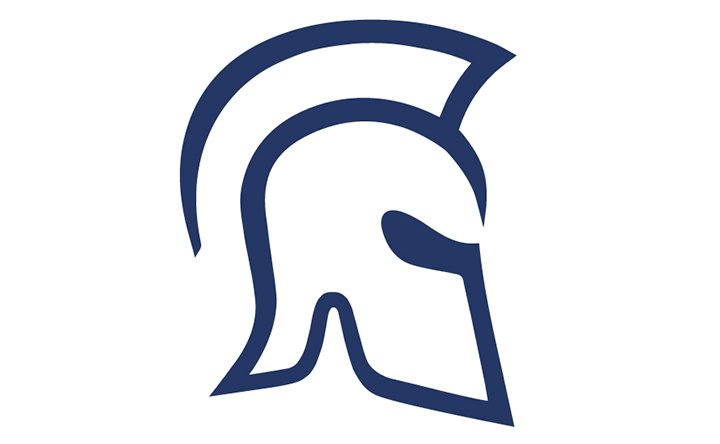Embraer 2009 profit down, but market looking upwards
Embraer has reported its fourth quarter 2009 and fiscal year 2009 results with each parameter showing a profit.
Net income for the company was $146.4 million in 4Q09 (up from $111.7 million in 4Q08) and $248.5 million in FY09 (down from $388.7 million for FY08). Net margin was 9.1% for 4Q09 and 4.5% for FY09, and compares to a 6.1% net margin in 4Q08 and a 6.1% in FY08.
With 91 aircraft delivered in 4Q09, net sales were $1,609.6 million, which was the highest quarter revenue of 2009. Gross margin for FY09 thus reached 20.4%, 0.8% below FY08, mainly due to the product mix, says the company.
Impacted by a smaller gross margin and operating expenses that were negatively impacted by an extraordinary event, the company’s operating income was $335.6 million in 2009, with an operating margin of 6.1%, which compares to $537 million and 8.5%, respectively, in 2008.
Embraer reports that its operations have performed better than expected, and its EBIT margin would have achieved 8%, if such extraordinary event were not considered.
The growth of 4Q09 revenues by $363.6 million when compared to 3Q09 has been attributed to the large number of aircraft delivered in the Executive Aviation and Defense segments, and the ongoing fulfilment of defence contracts that have concentrated some revenue recognition in 4Q09. The Commercial Aviation element of the total revenues decreased due to the smaller number of jets delivered in the period in comparison to 3Q09. Embraer believes this has led to its revenue being better diversified than in the past.
Commercial Aviation deliveries in 2009 were affected by the global financial crisis, and as a consequence, the segment’s share in Embraer’s total revenues was reduced from 67.0% in 2008 to 61.6% in 2009. With the reduction of 40 aircraft delivered from 2008 to 2009, segment revenues decreased by $869.8 million, or 20.5% of 2008 segment revenue.
The financial crisis additionally impacted new orders that were frozen during most of the year and totalled 23 aircraft at the year end. The company view is that the scenario might be changing and some positive signs, such as improvements in global economic activities and some positive performance indicators coming out from the airline industry may indicate a mild recovery in the following quarters, which would lead to a higher number of new orders in 2010 when compared to 2009 numbers.
At 31 December 2009, the Commercial Aviation backlog stood at 265 aircraft, comprising eight ERJ 145 family aircraft, 17 E-170s, 15 E-175s, 185 E-190s and 40 E-195s.
The total company firm order backlog covering all sectors stood, on 31 December 2009, at $16.6 billion, which is equivalent to approximately three years of revenues.
In its guidance for 2010 Embraer refers back to the global financial crisis that started in the last quarter of 2008, and basically continued through 2009, severely impacting global GDP and corporate results, these being the lead indicators for the Commercial and Executive Aviation markets. “The 4Q09 result, however, demonstrated signs that the world economy could be recovering. The traffic of passenger is returning, after several months, to levels prior to crisis, and the availability of executive jet in the secondary market is consistently and slowly reducing according to Jetnet data,” the company states.
From this scenario, Embraer expects an increase of orders in 2010, surpassing 2009’s figures. Net sales this year are expected to reach $5 billion, from which Commercial Aviation’s contribution is likely to be $2.6 billion. Executive Aviation net sales are expected to total $1.1 billion, Defense net sales might reach $650 million, and a remaining balance $650 million is expected to come from Aviation Services and other business.
As a result of smaller net sales in 2010, the expected operating margin is 6.0%, based on US generally accepted accounting practices.






















